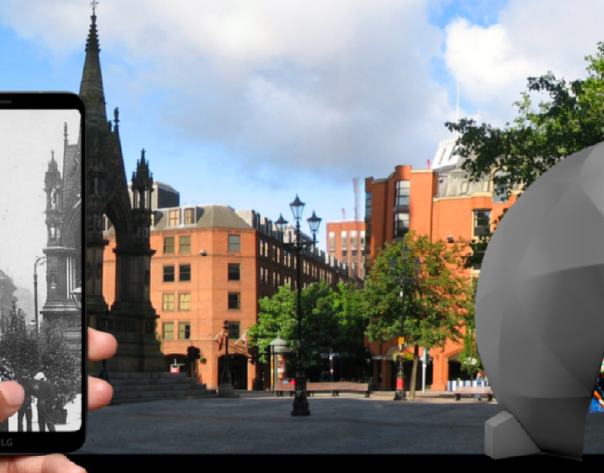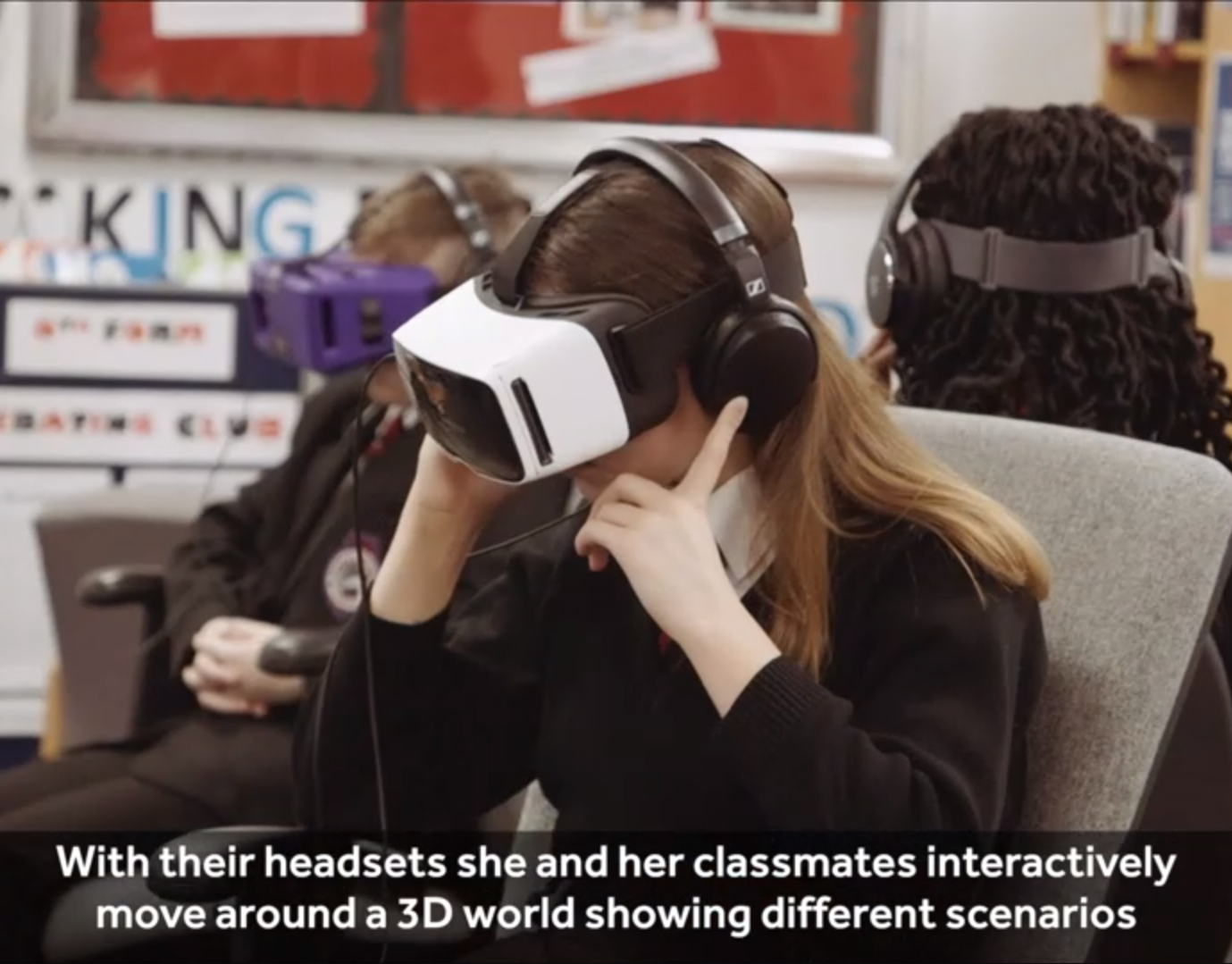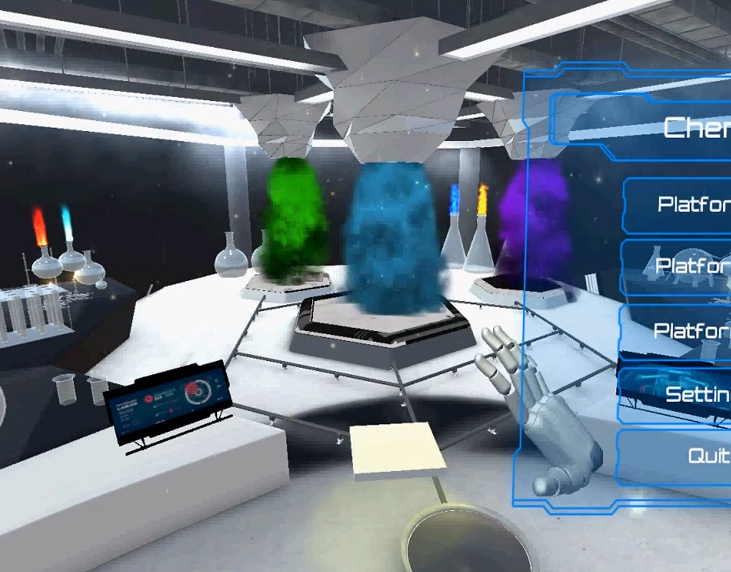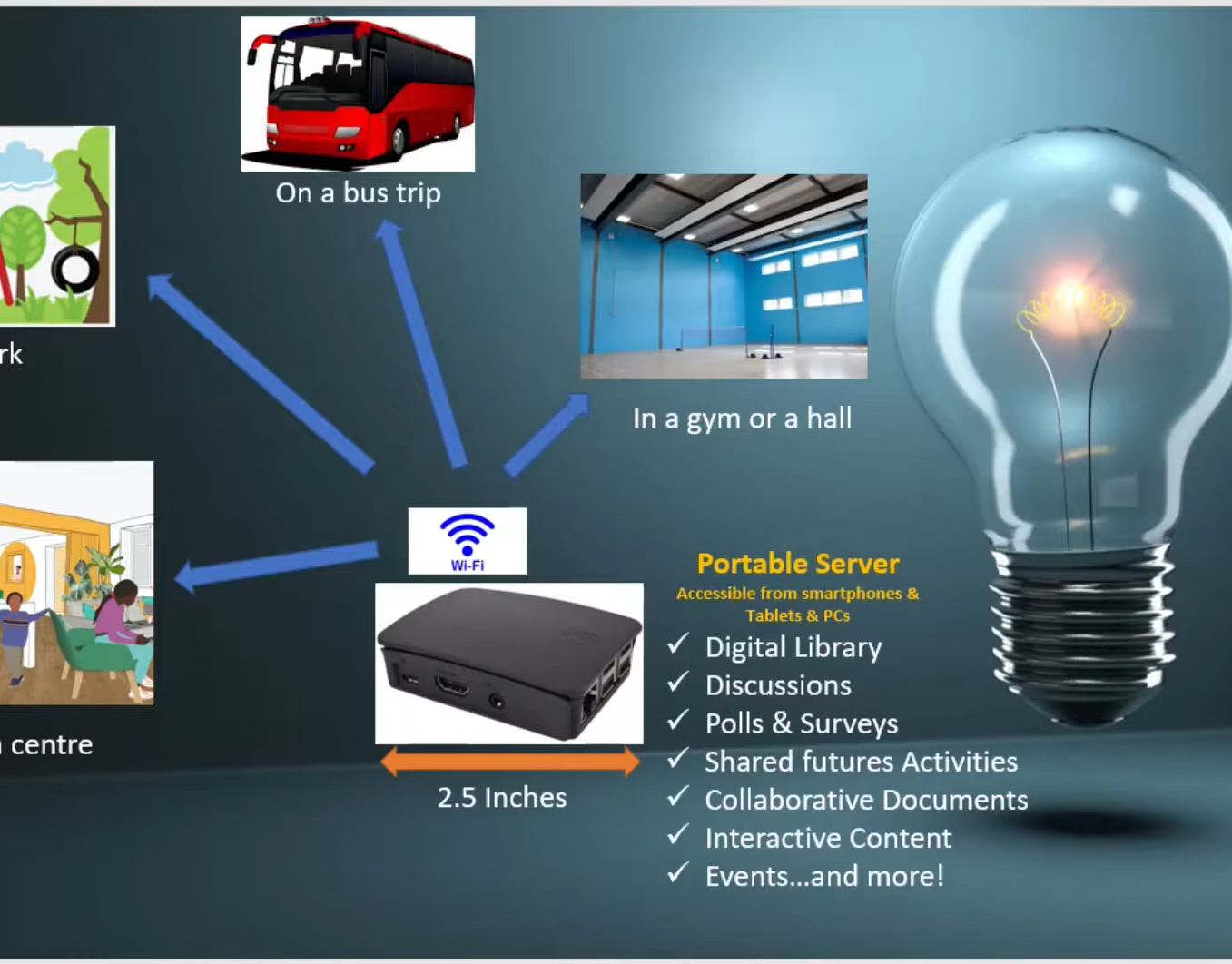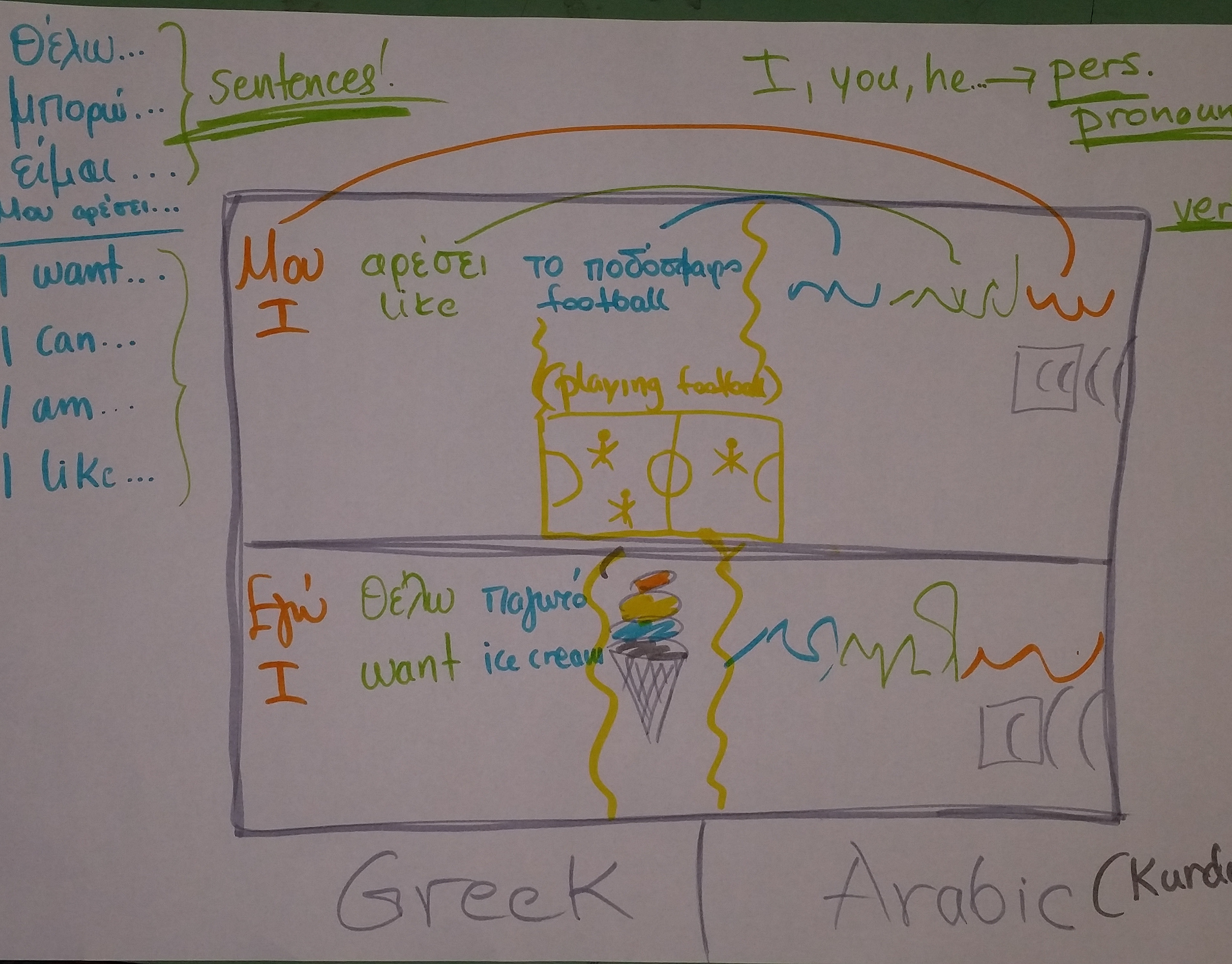Overview
This project was completed for Live Interactive Ltd for a hospital in Saudi Arabia. The solution included a system to manage patient entry and navigation to their rooms. It also featured an interactive wall using Microsoft Kinect sensors to provide entertainment by replicating patient movements. Additionally, the project included a virtual reality (VR) tour to demonstrate the system's impact while the hospital was still under construction.
P.S.: Due to confidentiality commitments, I can only show an early draft version of this project.
The problem
In similar hospitals, staff struggled with patients losing their way and not knowing how to reach their consultation rooms. The hospital management needed a solution that minimized staff involvement in this process. Furthermore, they wanted to add an element of entertainment to the hospital environment, especially to the children sections where interactive systems were designed. To effectively showcase the project, we created a VR tour illustrating our proposed solution.
P.S: due to confidentiality commitments, I can only show an early draft version of this project.My role
I was responsible for software development, product design, and UX, reporting directly to the CEO.
Methods
Site Visits
Conducted by colleagues to understand staff workflows and select participants for future activities.
Conducted by colleagues to understand staff workflows and select participants for future activities.
Interviews
We interviewed staff members from similar hospitals within the same group to understand their challenges and typical resolutions.
We interviewed staff members from similar hospitals within the same group to understand their challenges and typical resolutions.
Remote Design Workshops
We conducted remote design workshops to brainstorm ideas with the interviewed staff, creating prototypes, user journeys, and use case diagrams for different user groups, including hospital staff and patients.
We conducted remote design workshops to brainstorm ideas with the interviewed staff, creating prototypes, user journeys, and use case diagrams for different user groups, including hospital staff and patients.
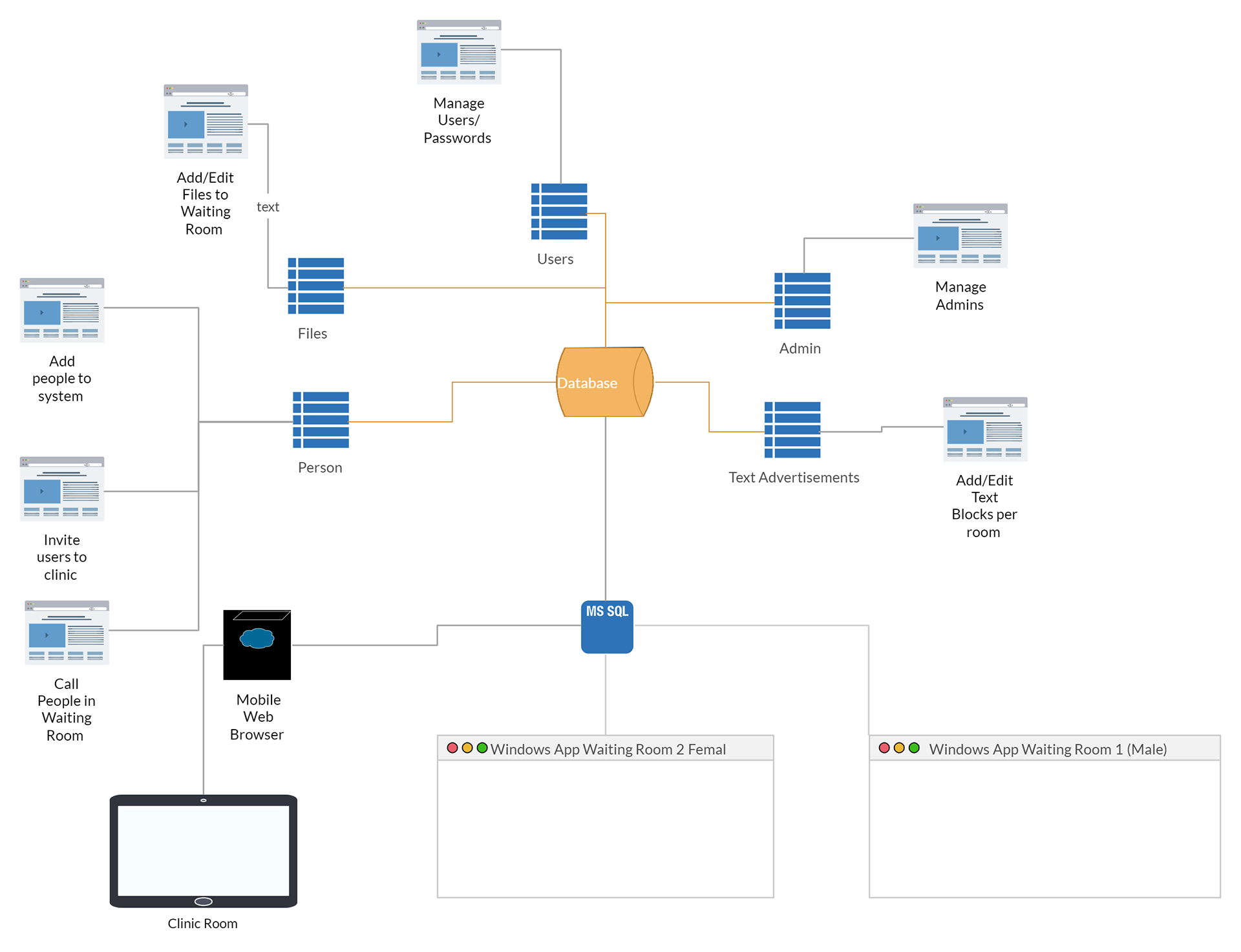
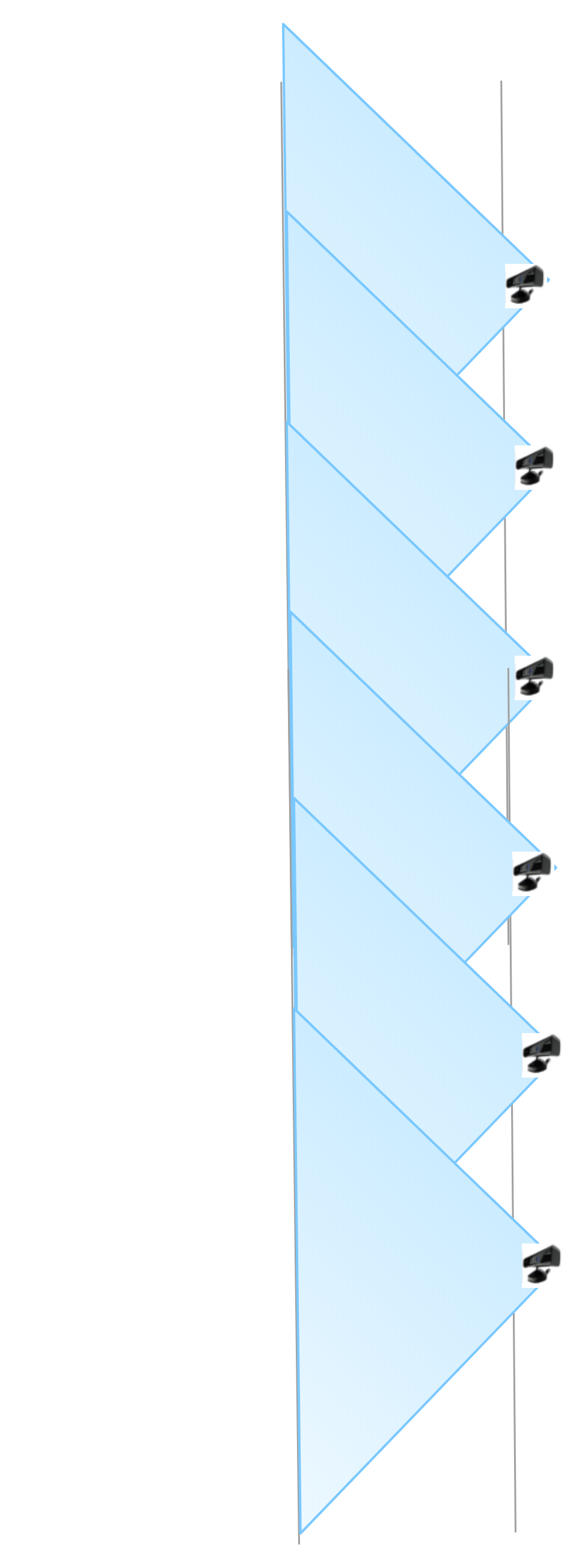
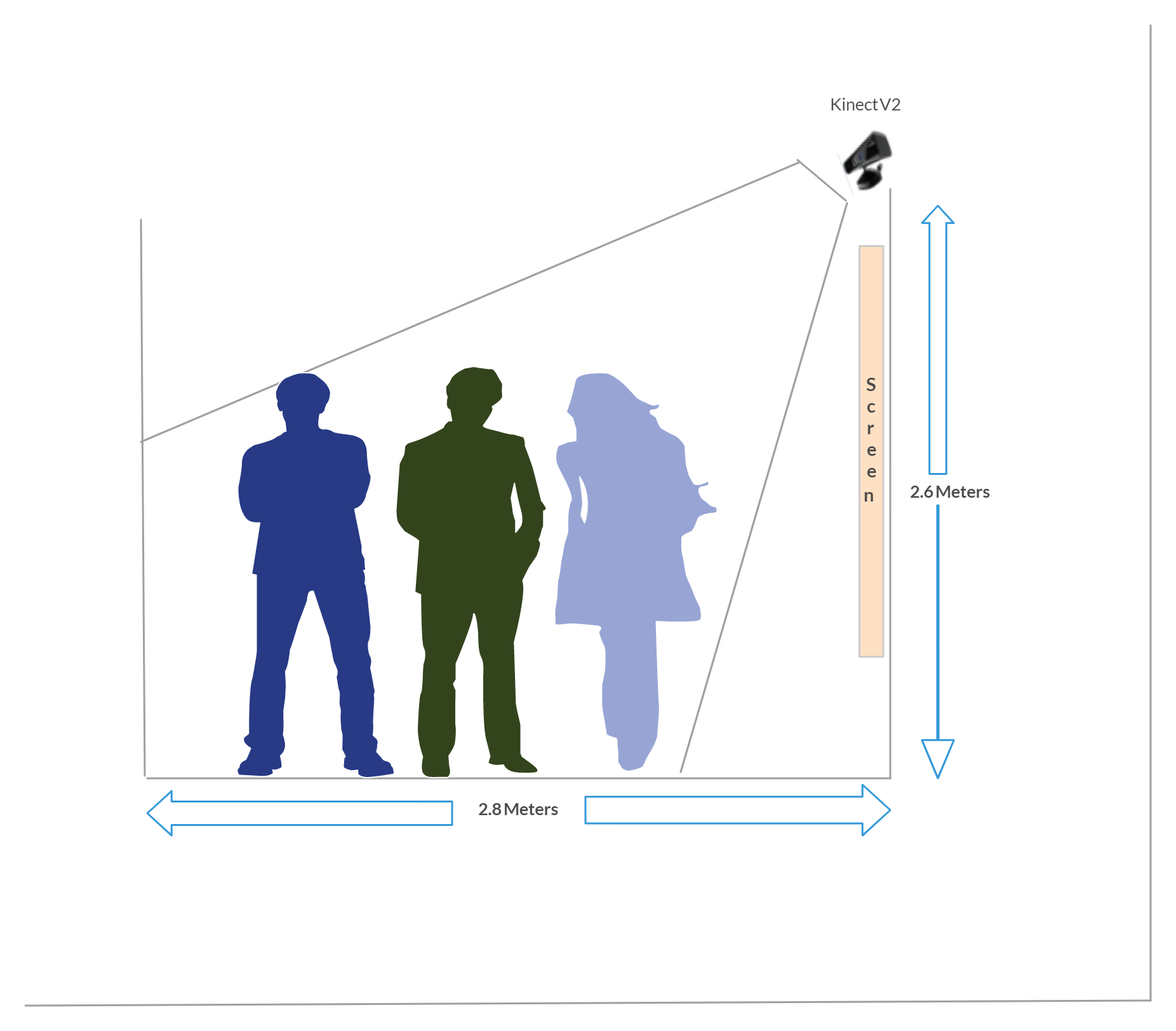
Challenges (examples)
Time and remote work:
Time constraints and remote work were the main challenges in this project. It caused many periods of uncertainity, however, we managed to keep the team motivated with continous communication and with the use of as much visuals as possible, hence we agreed on creating the VR tour.
Lack of previous team experience:
The team had not worked for solutions for health systems before. Thus, I conducted a simple market research where I created a presentation of 13 different interactive solutions for health services. The presentation included details of the systems, the companies, the aims, etc. This helped the team contextualizing themselves slowly in the context of health and hospital solutions.
The sensitivity of health solutions:
The nature of health systems is that they have to accommodate special cases and make sure not to cause any discomfort to anyone. For example, the interactive wall system uses the sensors and judge if there are children or not by height, but this is definitely not enough. As in hospitals, many patienst could be on wheeled chairs. And we definitely don't want to show childish content to adult patients passing by the area of the interactive system. This is one of many examples that we had to consider while creating and developing the system.
Results
We designed a system to assist in calling patients to their consultation rooms while maintaining full privacy and adhering to the cultural norms of Saudi Arabia, such as the separation of male and female waiting and consultation rooms. We identified four use cases for different user groups, including reception staff and patients.
For the interactive system, we introduced a Kinect-triggered setup that assessed the height of passing individuals to determine if they were male, female, or children. The system displayed entertaining objects that interacted with the people passing by, providing a form of entertainment near the waiting rooms to ease the stress of hospital visits.
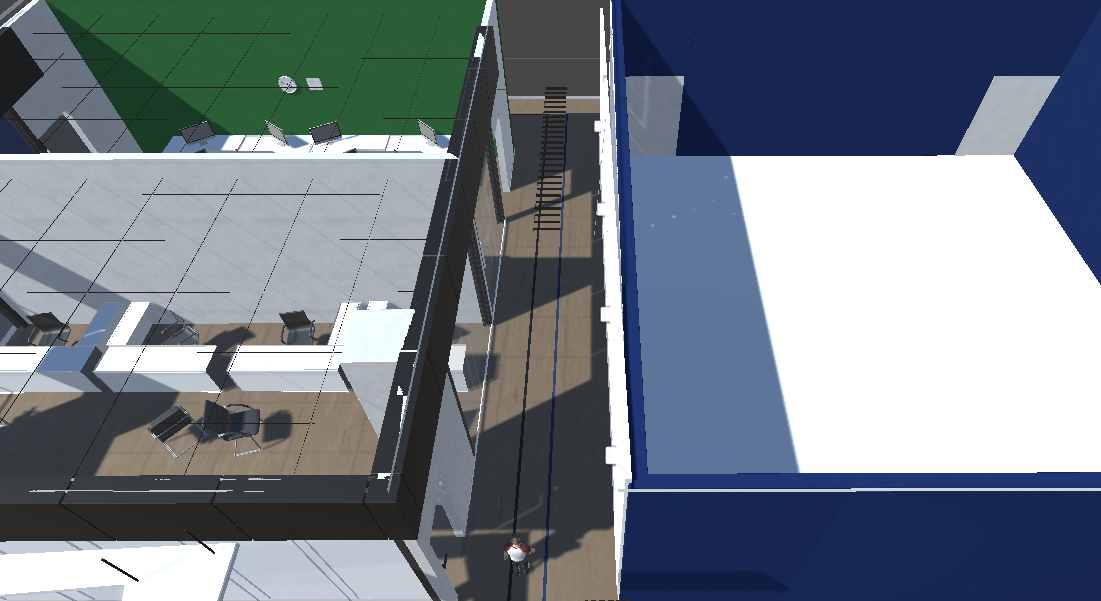
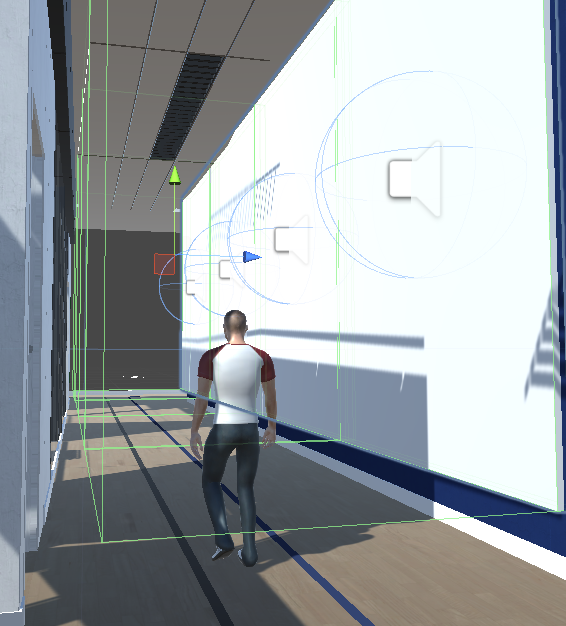
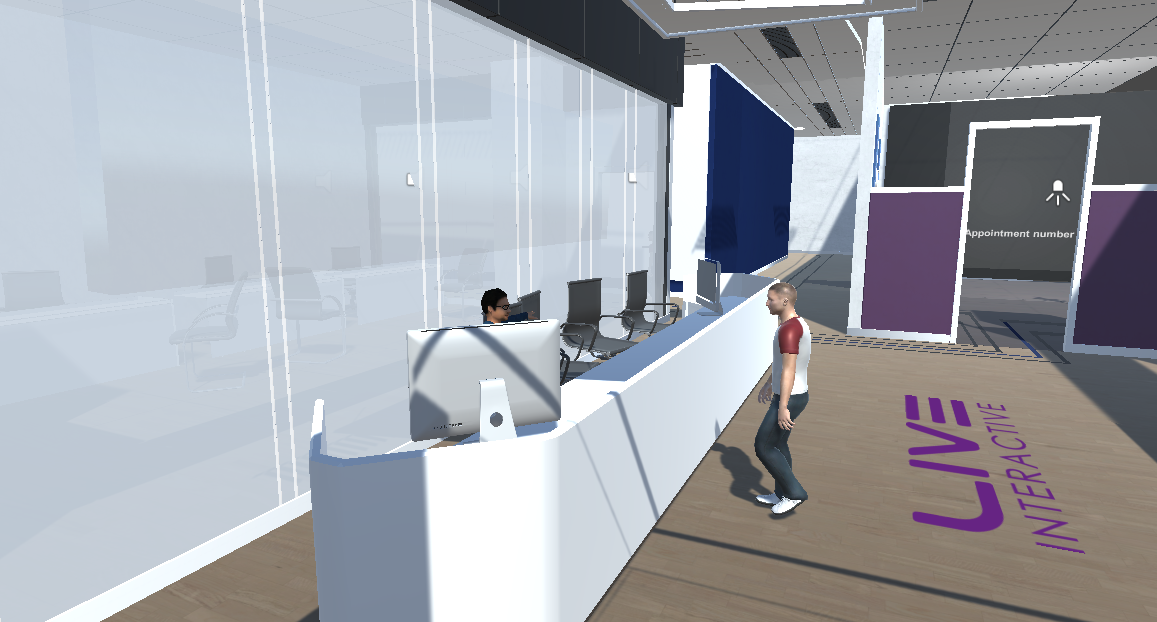
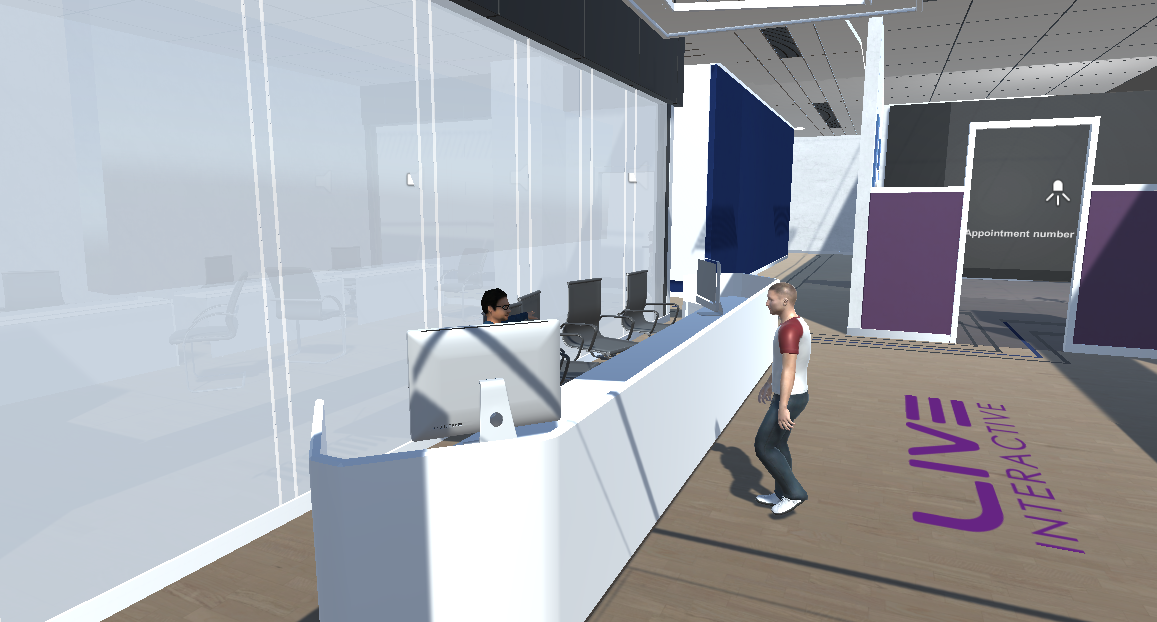
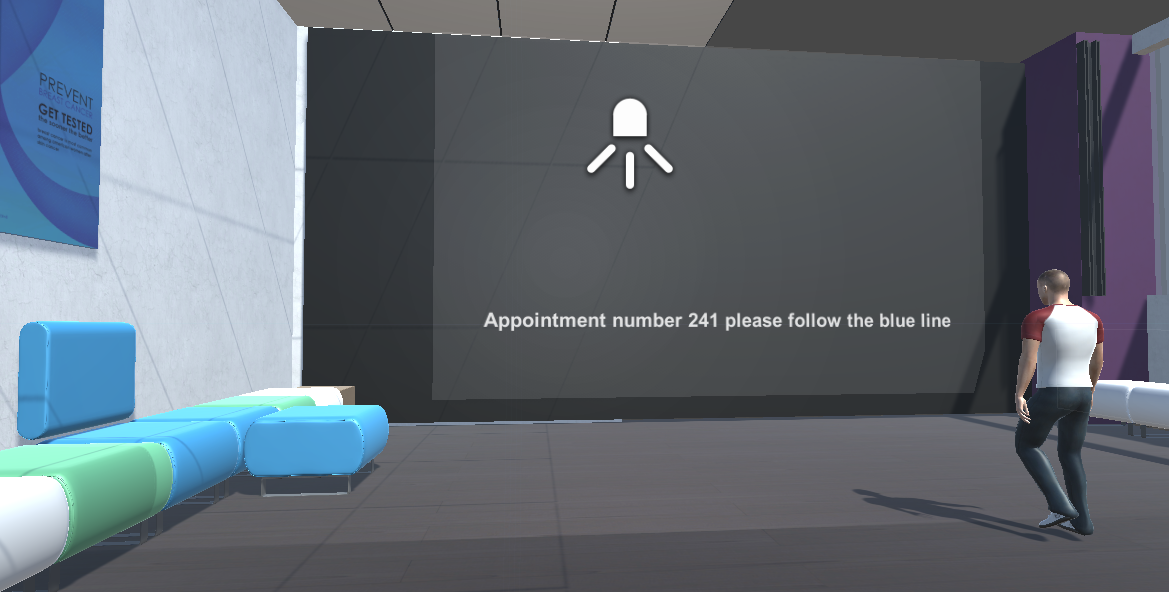
Implementation
Once the system design was confirmed, we submitted the designs to a partner responsible for the physical infrastructure and equipment procurement. Simultaneously, the VR tour was created to simulate the programs we were developing. The programming environment used Unity 3D and C#, along with specific libraries for Microsoft Kinect and Unity Pro libraries.
The final system design and software were delivered to Live Interactive for implementation with their partners in Saudi Arabia.

